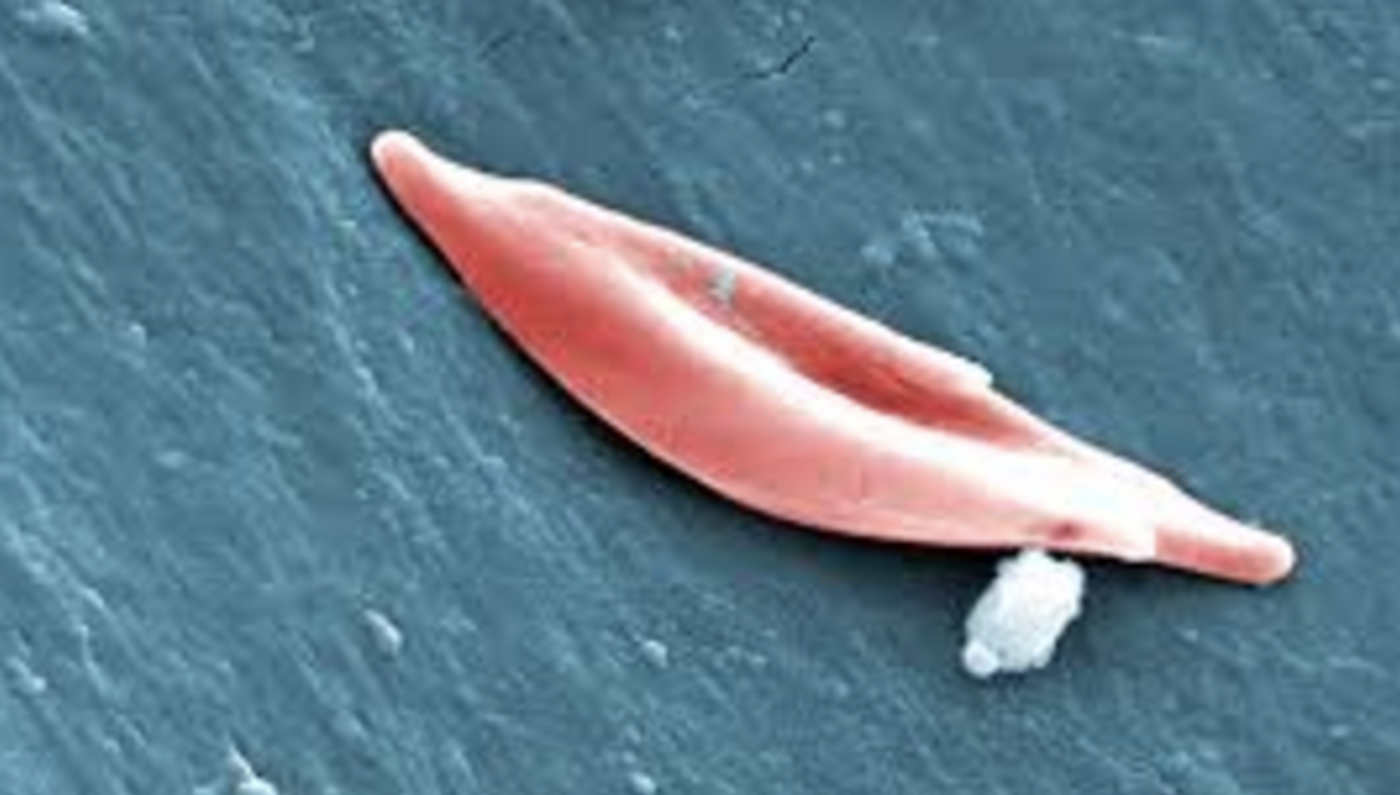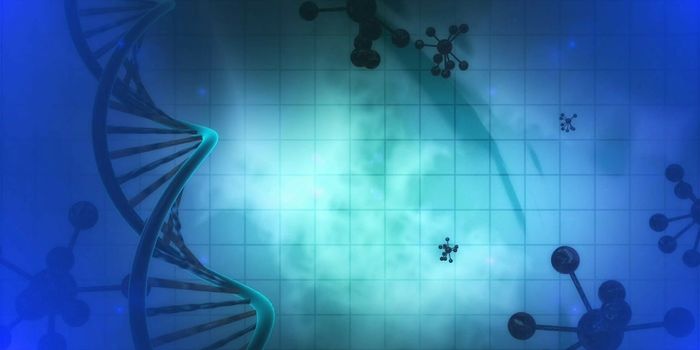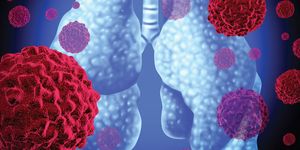Beneficial Genetic Mutations Could Help Patients
New research findings could help develop treatments for a variety of blood disorders, like sickle cell anemia. CRISPR gene editing was used in a study led by UNSW Sydney, in which beneficial mutations were introduced to blood cells, increasing the production of a molecule called fetal hemoglobin. These 'good' mutations are naturally carried by some people, and this work solves long-standing questions about how they impact gene expression. It was reported in Nature Genetics.
"Our new approach can be seen as a forerunner to 'organic gene therapy' for a range of common inherited blood disorders including beta-thalassemia and sickle cell anemia," said study leader Professor Merlin Crossley, Deputy Vice-Chancellor Academic of UNSW. "It is organic because no new DNA is introduced into the cells; rather we engineer in naturally occurring, benign mutations that are known to be beneficial to people with these conditions. It should prove to be a safe and effective therapy, although more research would be needed to scale the processes up into effective treatments."
In the sickle cell anemia and thalassemia disorders, patients have a problem with their hemoglobin molecule, which has a critical role in our bodies. It gathers oxygen up from the lungs and moves it through the blood to other areas. Those with such blood diseases need transfusions and medications their entire lives. However, some also have mutations in their genome that offset the disease, mutations that activate fetal hemoglobin and compensate for the loss of their adult hemoglobin molecule.
"The fetal hemoglobin gene is naturally silenced after birth. For 50 years, researchers have been competing furiously to find out how it is switched off, so it can be turned back on," said Crossley. "Our study, which is the culmination of many years of work, solves that mystery.”
The researchers identified the mechanism underlying the rescue. “We have found that two genes, called BCL11A and ZBTB7A, switch off the fetal hemoglobin gene by binding directly to it. And the beneficial mutations work by disrupting the two sites where these two genes bind,” continued Crossley.
"This landmark finding not only contributes to our appreciation of how these globin genes are regulated. It means we can now shift our focus to developing therapies for these genetic diseases using CRISPR to target precise changes in the genome," added Crossley.
The most common genetic disorders in the world that affect one gene are beta-thalassemia and sickle cell anemia. The globin genes have also been well-characterized. Now this work can bring the knowledge about the gene to benefit patients.
Sources: AAAS/Eurekalert! Via UNSW, Nature Genetics









